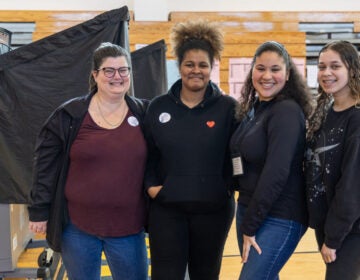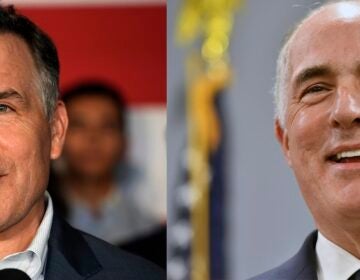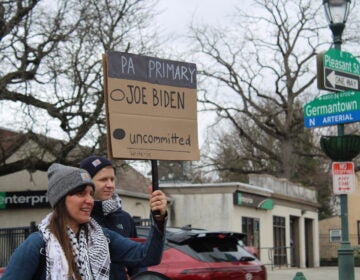Causes and cures for political gridlock
Political gridlock in America has become like tax reform and the weather in that everyone talks about it, but no one does anything about it. The manifestations of gridlock are everywhere, from the failure of Congress to pass a budget for the United States, or to confirm enough judges to fill all the vacancies in the federal courts, to the passionate confrontations in Wisconsin and other states over the role of labor unions in representing state employees, and the standoff over the Affordable Care Act.
New political players and movements like the Tea Party, Occupy, Move-On, and the Club for Growth, seem to highlight our increasing inability to compromise or find common ground.
There are no doubt many explanations for why gridlock seems to be getting worse. Here’s mine:
After every national census, which occurs every 10 years, it’s necessary to re-apportion congressional districts and state legislative districts to account for changes in population. In most states that process is highly political, the majority party trying to draw the lines so that it can win the maximum number of districts.
Thanks to computers, this is now a very scientific and accurate process of assuring that the maximum number of districts have at least 60% likely voters for the majority party, and no more than 40% likely voters for the minority party. Many of the minority party’s voters are deliberately concentrated together in districts where its percentage of likely voters approaches 100%.
This process has an old name, “gerrymandering”, and has been going on for a long time, though without the current precision in desired results.
The result of this process is that most congressional and legislative districts are effectively non-competitive between the two political parties. In those districts the election that really counts is the primary election to determine the candidate of whichever party controls that district.
Primary elections have lower voter turnout than general elections. So the most extreme and passionate elements of each party have a disproportionate impact on primary elections, which obliges elected officials to pander to them or risk being challenged in the next primary.
That’s why both political parties are dominated by the most extreme and uncompromising members. If you think that’s a problem, here’s what can be done about it:
First, states can replace partisan primary elections with non-partisan “Top Two” or “blanket primaries” in which any candidate can run regardless of party, with only the top two vote-getters proceeding to a second-round run-off primary if no one gets a majority, even if the top two are from the same party. This system has been adopted in Louisiana, Washington, and California.
This kind of primary requires all candidates to appeal to all voters, not just the majority in one political party. Candidates will have to appeal to centrists who prefer practical non-ideological solutions. Why should states pay for restricted primary elections for political parties anyway?
Second, we should make voting mandatory for citizens, with a small fine for failure to vote without a good excuse, as in Australia and some other foreign countries. This would increase voter turn-out and pressure candidates to tailor their message to less passionate and more practical and independent voters in a larger electorate.
Finally, we should try to take re-apportionment out of the hands of self-serving elected officials, and assign the task to a non-partisan commission with clear and transparent guidelines as is done in Australia, Canada, and many European democracies. In the U.S., Iowa and California have taken this obvious step towards good government
WHYY is your source for fact-based, in-depth journalism and information. As a nonprofit organization, we rely on financial support from readers like you. Please give today.




